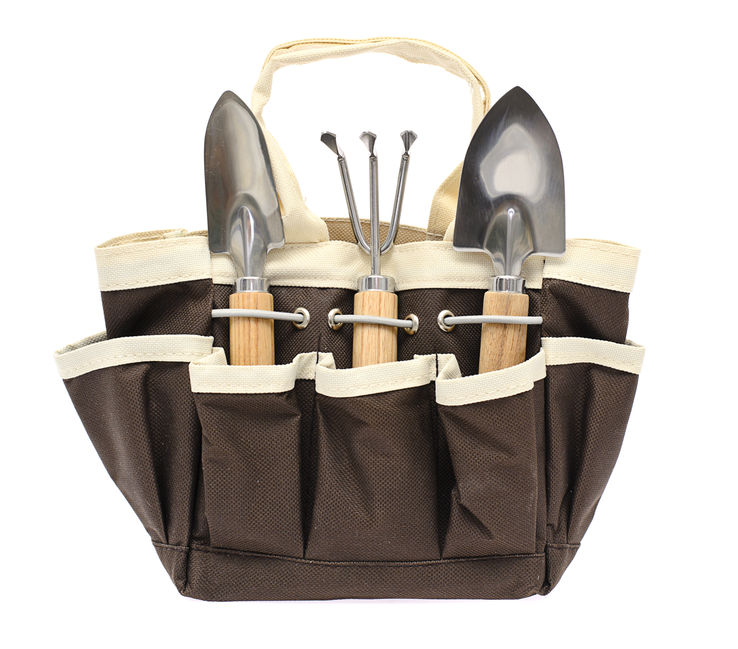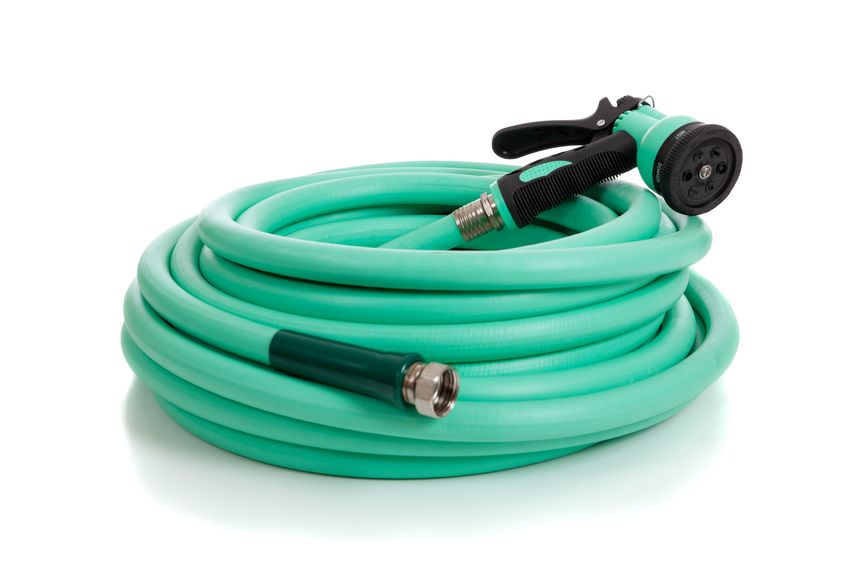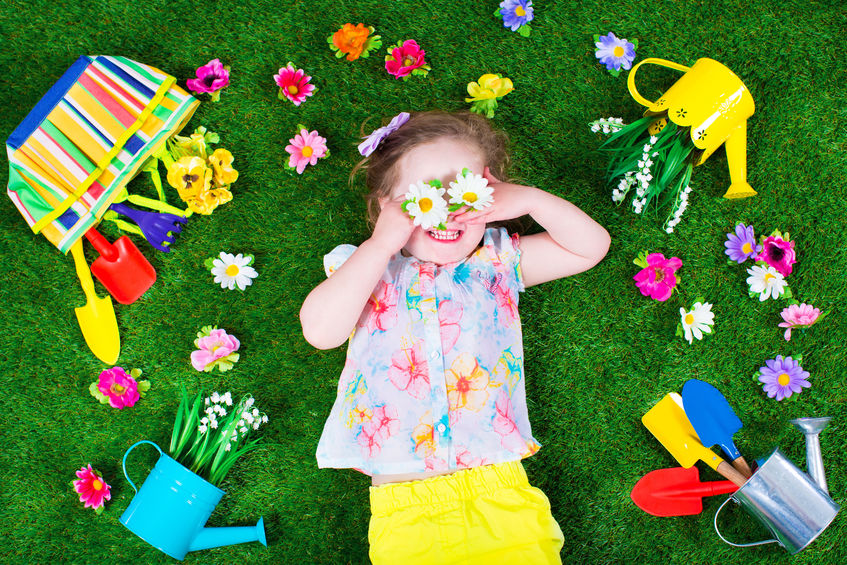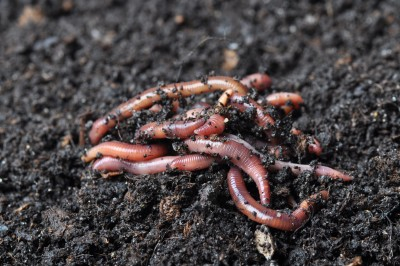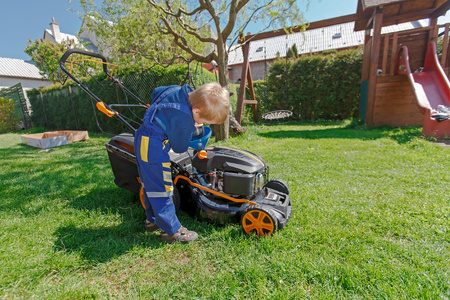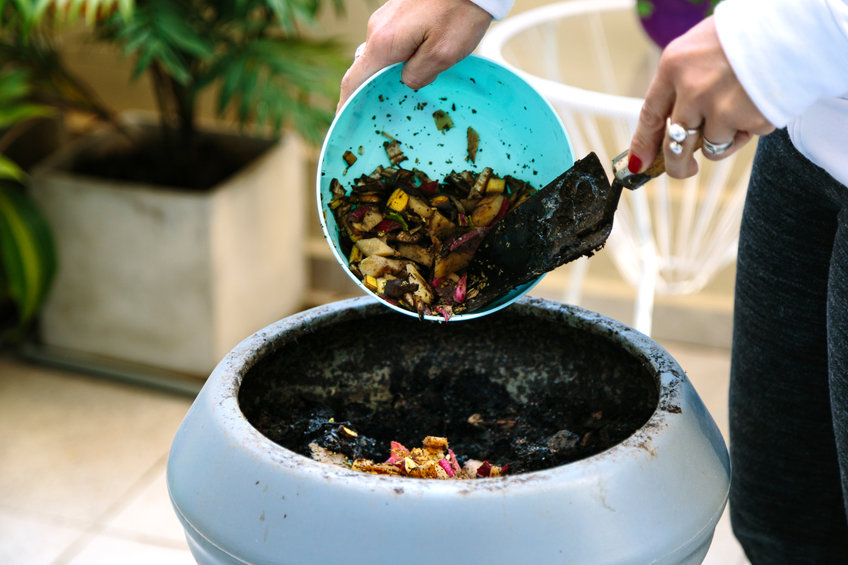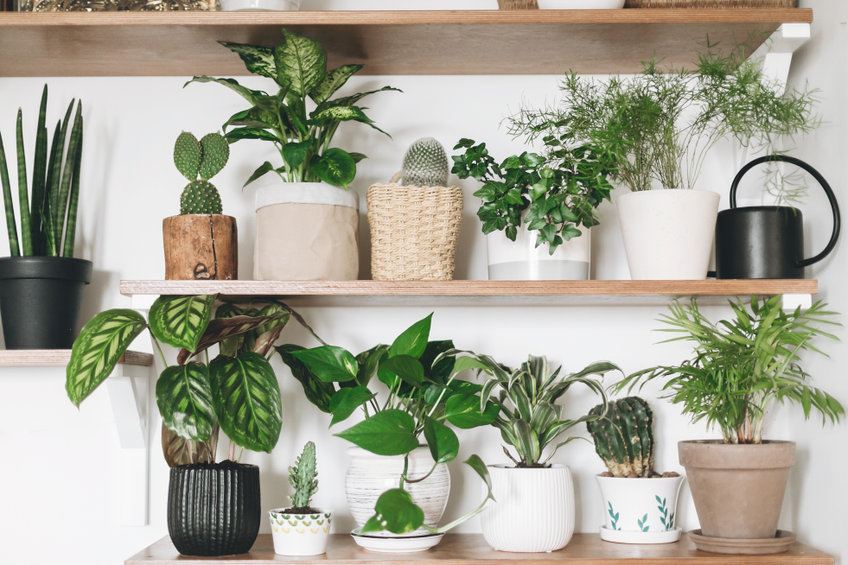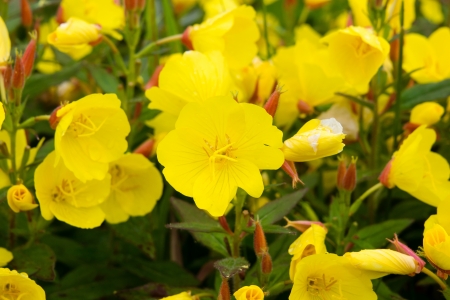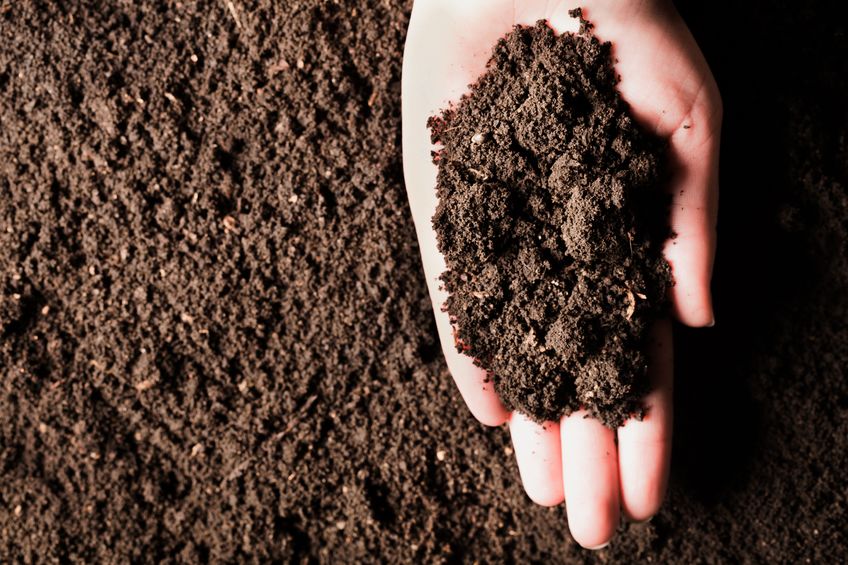The Bare Minimum Garden Tools
Like everything else in life, gardening is easier when you're working with the appropriate tools. But tools are expensive, so what are the bare minimum garden tools you really need?
You'll definitely need a few tools to start gardening. It's important to invest in durable tools that won't break or bend, as these will only frustrate you.
You don't have to splurge on the top of the line, but avoid the flimsy $2 variety. Choose tools that will last and serve you well in your gardening journey.
Get sturdy tools with a comfortable weight and grip. I like the ones with cords or holes in the handles so I can hang them up. This guide to the bare minimum gardening tools will walk you through the basics.
Bare Minimum Garden Tools - The Handy Hand Trowel
Hand trowel: That's the little spade. You'll use it for planting, scooping, and digging. It's essential. You'll want one that's very strong, has a good weight, and feels good in your hand because it will be there a lot.
Choose a drop shank trowel (one with a bit of a bend in metal above the handle) for regular work. Use a straight shank trowel for planting bulbs.
Pruners
Pruners: There are two main types of pruners, and you'll need both. Anvil pruners work by pinching the stem against a flat base. These are better for cutting dry or tough stems or branches.
Bypass pruners cut more like scissors, with the two blades passing each other. These are better for pruning younger, green stems or branches. Look for pruners with adjustable blades for stems of varying thickness.
Shovel
Shovel: You need shovels to dig holes for bigger plants, especially if your ground is hard and compacted. (I had to take a pickax to mine.) Choose a round-point shovel for routine yard work.
Garden Tools Tote
You'll need something to carry your bare minimum garden tools around the yard. Otherwise, you'll walk yourself crazy.
The tote can be as simple as a plastic bucket or as elaborate as a rolling gardening cart with a cushioned seat.
I like the bucket organizer, a cloth bib with pockets that fit over a five-gallon bucket. That way, I can toss weeds in the bucket and hang all my tools on the side.
You could also use a plastic caddy, a canvas tool tote bag, a tool belt, or a pocketed apron. It's your call - but you will need something.
Garden Hose
If you have an irrigation system, you are in fine shape. But you will still need a hose to water in new transplants and potted plants. Ensure the hose is long enough to reach all parts of your yard, or consider getting one for the front and another for the backyard.
People in apartments or condos can get away with lightweight hoses, but if you have a yard, consider getting a medium or heavy-weight hose. It is not only more durable but coils more easily.
Most people will also want a gadget to roll up and store the garden hose to keep it neat. But that's not essential.
Gloves
You hate gloves, and I'm not too fond of gloves, but you must wear them to protect your hands from cuts and blisters. Also, gardening will dry out your skin.
There are several different types of gloves (of course). Many people like leather gloves, but I find them too clumsy. I prefer cool cloth gloves with rubberized grips on the palms and fingers. I wear rubber gloves with a cotton lining when gardening in wet soil.
Kneeling Pad
Anyone who has gardened would certainly put kneeling pads on the necessity list. These foam rubber pads will save your knees.
Bare Minimum Garden Tools - A Gardening Hat
I never wear a hat. I always mean to wear a hat, but I always forget. Do as I say, not as I do.
Bare Minimum Garden Tools - Gardening Clogs
OK, you don't necessarily need clogs, but you need waterproof shoes that you can easily slip on and off so you don't track dirt into your house. Rubber clogs work best for me.
- Clean Home
- Backyard & Garden
- Garden Tools
